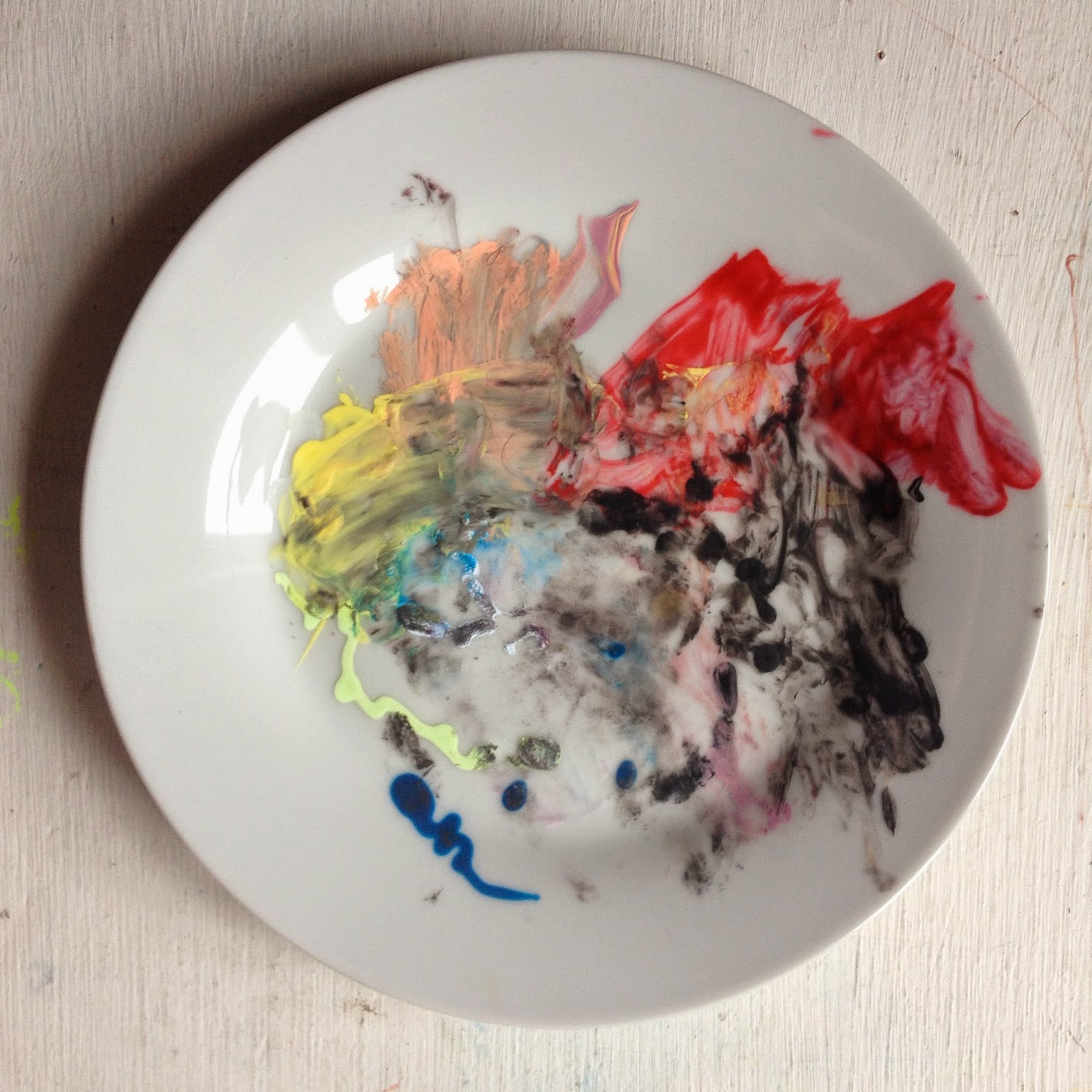 |
| Illustration from the book"Shockheaded Peter" by Dr. Heinrich Hoffmann |
"Wenn der Regen nieder braust, wenn der Sturm das Feld durchsaust,
bleiben Mädchen oder Bubenhübsch daheim in ihren Stuben."
(zum Nachlesen hier, wer seine Hardcopy Ausgabe nicht zur Hand hat :-) "Die Geschichte vom Fliegenden Robert"
Zum Glück haben wir neben unserem Wohnzimmer einen langen Flur, der wunderbar zum Rollen einlädt, um wenigstens etwas Bewegung in so einen Stubenhockertag zu bringen. Wagemutige Eltern mögen dort bereits Rollschuhe und Skateboard stationiert haben. Wir haben die etwas seichtere Variante gewählt nämlich mit diesen Rollbrettern.
Ursprünglich haben wir diese Möbelroller in einem Discounter im Ort für fünf Euro erworben, um größere Einrichtungsstücke zu transportieren. Unsere Kinder fanden es aber viel spannender, sich selbst drauf zusetzen, zu legen oder gar zu stellen. Bisher hat uns das schon über viele Regen- und Sturmtage gerettet.
It is one of those days where you have to try hard that your mood doesn't turn as grey as the sky in front of your doorsteps. The strong wind and rain fall are responsible for weather warning orange, so we had to stay inside most of the day. This must have been the kind of weather Dr. Heinrich Hoffmann had in his mind when he wrote "The Story of Flying Robert":
"When the rain comes tumbling down
In the country or the town,
All good little girls and boys
Stay at home and mind their toys."
from: The Story of Flying Robert
Every adult and lots of children in Germany know this story or at least have heard of the main character of this story book collection called "Shockheaded Peter" from 1845.
This kind of weather makes it tricky to keep our three kids entertained all day long. Luckily we have a long hall that is big enough to roll up and down with the board pictured above. We got these boards two years ago at a local discounter store for about five euro each. Originally they were bought in order to move around heavy furniture, but our kids use the boards for sitting, lying and standing on them. It is great fun for them to roll up and down the hallway. I have to admit that it can become quite noisy, but I prefer this sound to the cranky noises from movement deprived kids. So let's rock 'n' roll!




